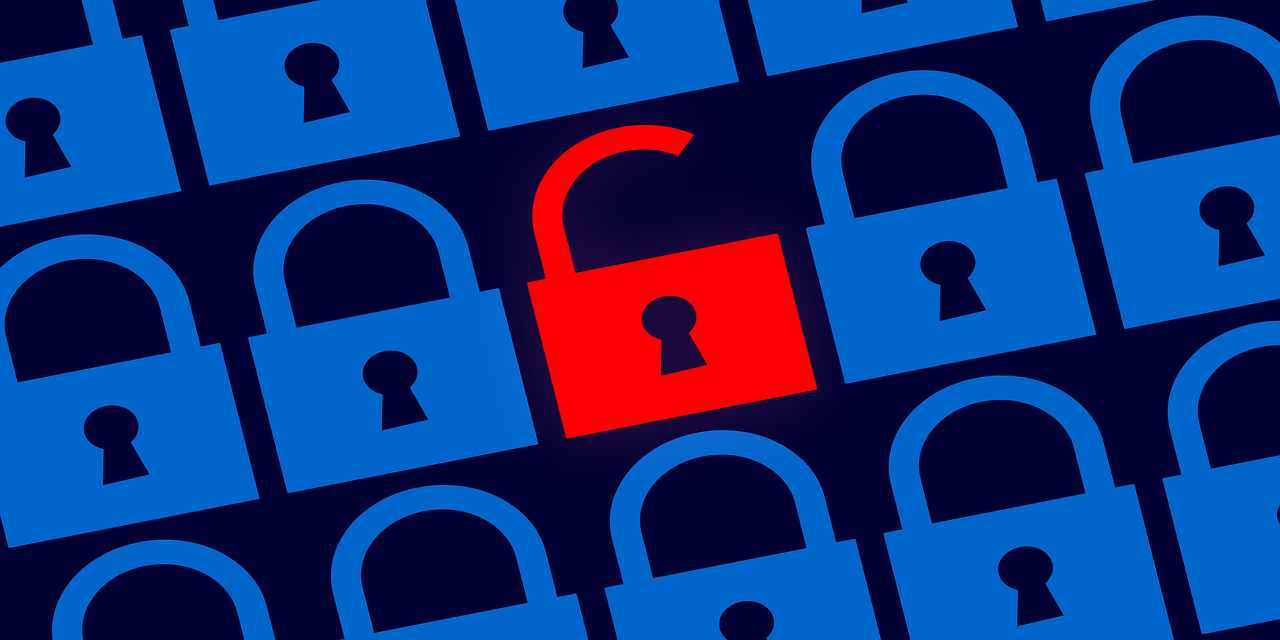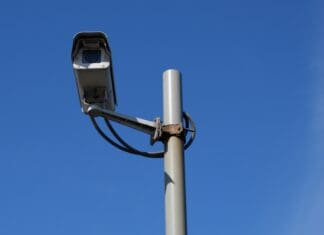This post is also available in:
 עברית (Hebrew)
עברית (Hebrew)
A global organization called on tech companies to come up with a solution for law enforcement to access end-to-end encrypted communications. Members of the intelligence-sharing alliance Five Eyes (Australia, Canada, New Zealand, UK, USA), along with government representatives for Japan and India, have published a statement communicating their effort to get tech companies to agree to encryption backdoors, allowing hidden access to encrypted information.
Similar calls were made by the alliance in the past two years. Just like before, government officials claim tech companies have put themselves in a corner by incorporating end-to-end encryption (E2EE) into their products.
If properly implemented, E2EE lets users have secure conversations — may them be chat, audio, or video — without sharing the encryption key with the tech companies.
Representatives from the seven governments argue that the way E2EE encryption is currently supported on today’s major tech platforms prohibits law enforcement from investigating crime rings. It also prohibits the tech platforms themselves from enforcing their own terms of service.
This situation is posing challenges to law enforcement investigations, as the tech platforms themselves can’t access some communications and provide needed data to investigators. This, in turn, allows a safe haven for criminal activity, officials argued.
Officials said they are committed to working with tech companies on developing a solution that allows users to continue using secure, encrypted communications, but also allows law enforcement and tech companies to crack down on criminal activity, according to zdnet.com.

























